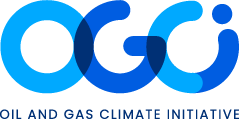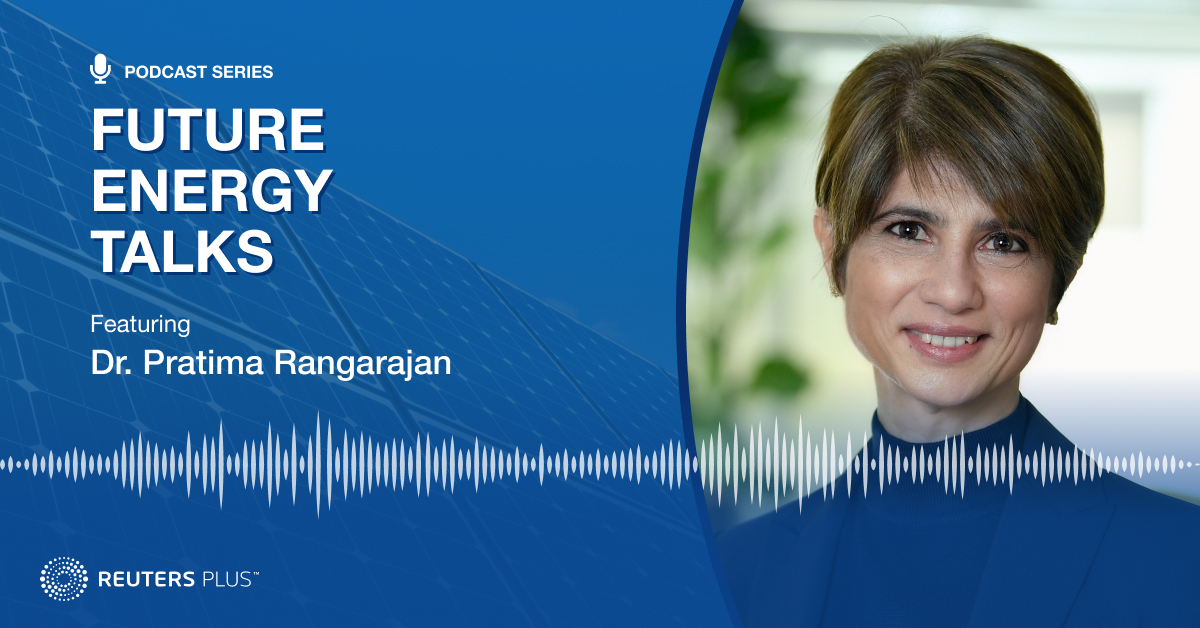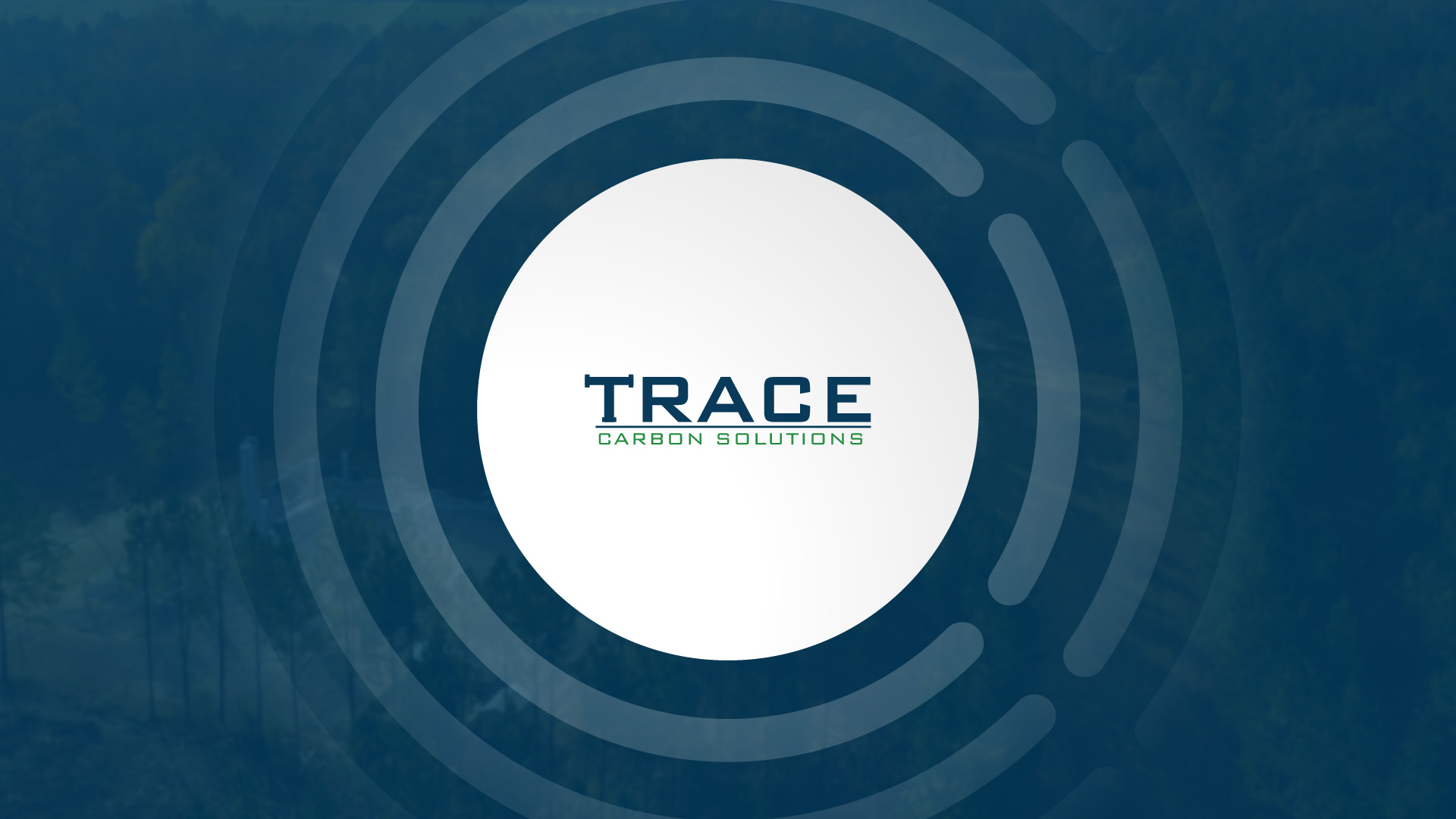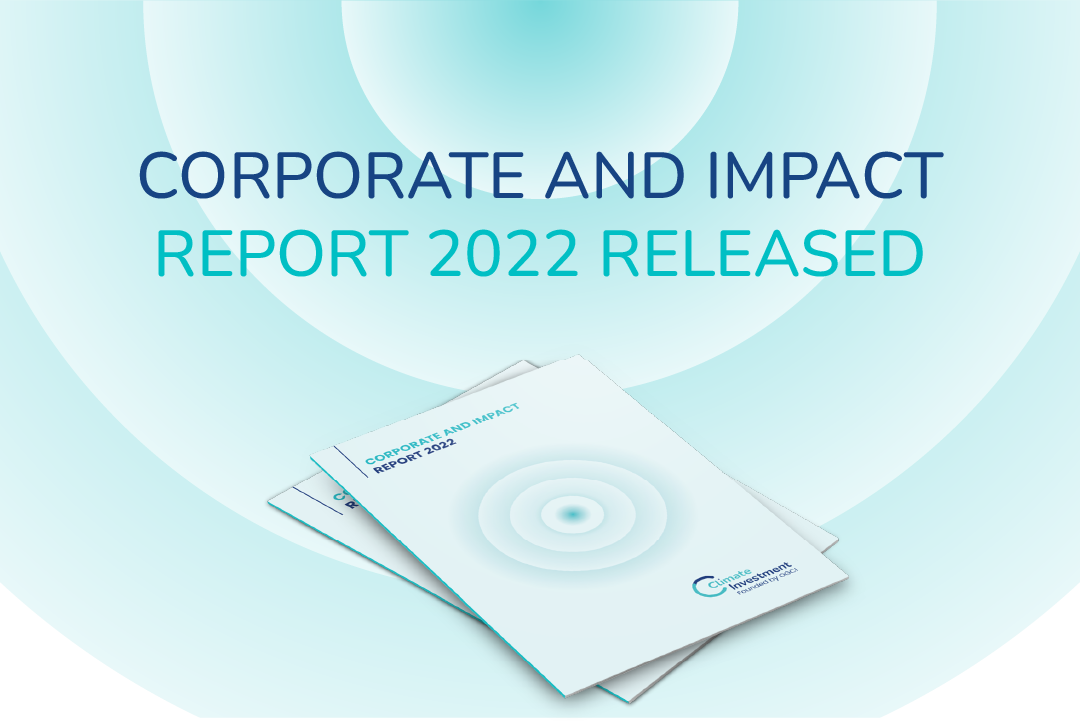Delivering impact today
Climate Investment invests to accelerate capital-efficient industrial decarbonization
We provide capital to innovative companies and partner with large corporations, governments and non-profit organizations to drive market adoption and impact today. Because we have no time to lose.
Whatwe do
Provide early to growth-stage capital and catalyze market adoption
Invest in energy-intensive sectors: energy systems, buildings, transport and industry, including cement, steel, chemicals, power and agriculture.
Aim to deliver financial returns alongside quantified GHG reduction
Climate Investment is an independent organization set up by members of the Oil and Gas Climate Initiative (OGCI). They are investors (LPs) in Climate Investment’s funds.
Our progress
Early to growth stage investment in innovations and business models since 2017.
> 0
million tonnes
GHG Reduction1
0
investments executed
0
deployments of portfolio
companies with investors
~ 0
carbon reduction deals originated
> 0
> 60 talented professionals
$ 0 bn +
AUM2
1 Carbon dioxide equivalent or CO₂ equivalent is a metric measure used to compare the emissions from various greenhouse gases on the basis of their global-warming potential (GWP), by converting amounts of other gases to the equivalent amount of carbon dioxide with the same global warming potential. 2019-2022 cumulative emissions are calendar year and prepared internally in consultation with our portfolio companies. Finalized in May 2023.2AUM defined as committed capital.
How we drive impact


1 Project Frame is a third-party, collaborative platform seeking to introduce a common framework for assessing the future GHG impact of investments. Visit www.projectframe.how to find out more.
| Energy systems, including oil & gas | |
| Industry, including cement, steel, power, chemicals, multi-sector energy efficiency solutions, agriculture | |
| Built environments (Buildings) | |
| Transportation |
Where we invest
Climate Investment invests in sectors which are high-emitting. These are shown in the chart on the left:
Our team looks for opportunities that can deliver strong, quantified GHG impact and an attractive risk-adjusted return. Our funds have their own targets for impact and returns.
Our model is to provide early–stage to growth capital and use our partner networks to drive market adoption of our portfolio companies’ innovations. We believe capital-efficient solutions will drive industrial decarbonization.
Our ongoing partnerships with OGCI member companies and the wider industrial ecosystem help us identify opportunity gaps and invest in companies that can support their own net-zero goals and operational objectives.
We currently invest principally in North America and EMEA, and also China through our investment in China Climate Investments. Our team is actively opening opportunities in other investment regions within Asia and we expect to cover more markets as low-carbon innovation evolves and matures.
Highly skilled team
Over 60 highly committed professionals who care deeply about the climate challenge, including specialists with deep technical, investment, commercial, policy, strategic, financial, legal, and operating backgrounds, spanning a wide range of sectors and experiences. Their knowledge and expertise enable us to identify opportunity gaps and drive market adoption.
Their skills also drive significant portfolio value creation and enable our portfolio companies to deliver more impact, faster.
Our Investment Committee brings over 100 years’ experience to the table.
















































